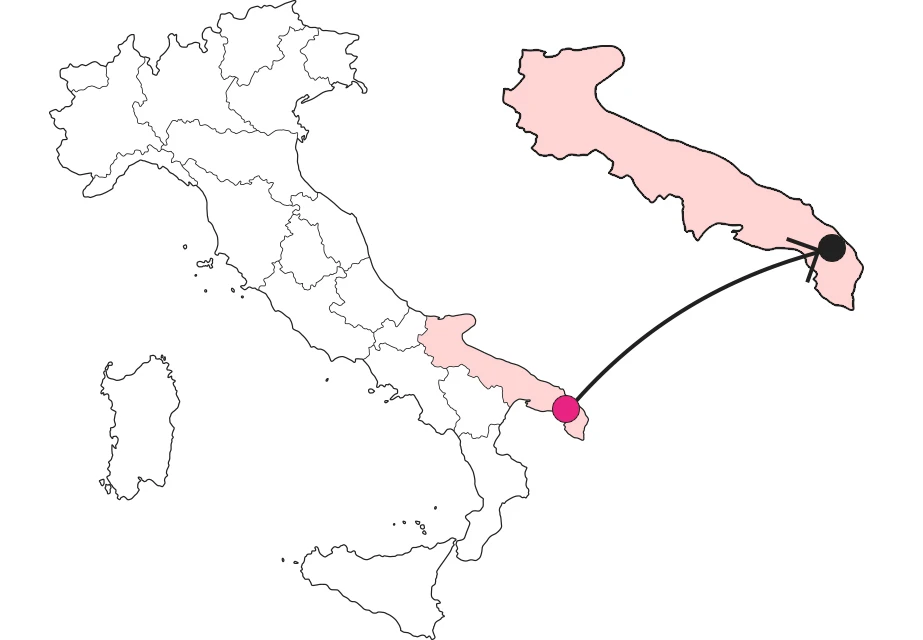






The furneddhri of Salento
Echoes of a distant, but not too distant past



Where

Salento, and in particular the area east of Casarano, has an enchanting countryside, where the golden color of wheat fields is punctuated by the green of olive trees and the white-gray of the stones of rural buildings. These, as if unaware of the time that has passed since their glory days, remain standing still in place, ready to offer their services to anyone who needs them. So let us set out and go and discover them one by one if we need to, and who knows, their old stones may tell us some episodes of a sometimes not even too distant past.
Echoes of a rural past
There would be so many stories to tell. In fact, these rural buildings were daily shelters for farmers working in the fields, but often also used as seasonal dwellings by entire families. Their shape may resemble that of trulli, and with this in mind, it becomes easier to spot them in the Salento countryside and understand that they are one of the most important symbols of the area's rural culture. These megalithic structures were built using the technique of drystone masonry, and were the result of centuries of plowing the fields.
A glimpse into the peasant life of the time
Among the most important activities that peasant families carried out in the summer in the fields, certainly worth mentioning is the harvesting and roasting of figs, which were present until the last century in abundance in the Salento territory, especially along the coasts of the Adriatic area. In fact, not infrequently attached to such buildings can be found the so-called "spase" or "littere" that is, special stone bases on which the figs were dried with the help of the characteristic "cannicci" or straw. Also equally frequent was the presence of a wood-burning oven outside or inside the house used for roasting these products, once the basis of the Salento economy together with the "7 golds of Salento".
 One of the furrnedhri seen from the front
One of the furrnedhri seen from the frontMost of the structures that can be admired today, through material written sources as well as through local memory, can be dated between the 1800s and 1900s although there are buildings dating as far back as the 1600s or 1700s. Indeed, in the Catasti Onciari of the 18th century the description of "closure with pagghiaro" recurs frequently. Structures with only one room, Pajare and Furneddhi from the structural point of view share the characteristic
Trulli? Not really
Comparing these structures to the more famous trulli of Bari, in addition to the more obvious functional difference (as trulli are real civil dwellings also and especially present in built-up areas) the "Furneddhu" has some
 Structures seen from the back
Structures seen from the backFurnedhri also hold secrets
What is most fascinating is that each of them has its own peculiarities, its own history, its own function and many other secrets that risk passing unobserved if one is not familiar with the culture of the place and if one does not possess a well-trained eye. What is certain is that in their presence, in the midst of such beautiful countryside, it arises spontaneously to sit in a circle to listen to a story told by those who have this territory in their blood and heart.
Enter the Map of Italy's Undiscovered Wonders and find treasures where you least expect it... Inspire, Recommend, Share...
Collections
The Map thanks:
In the Community
Enter the Map of Italy's Undiscovered Wonders and find treasures where you least expect it... Inspire, Recommend, Share...
Where

Collections

